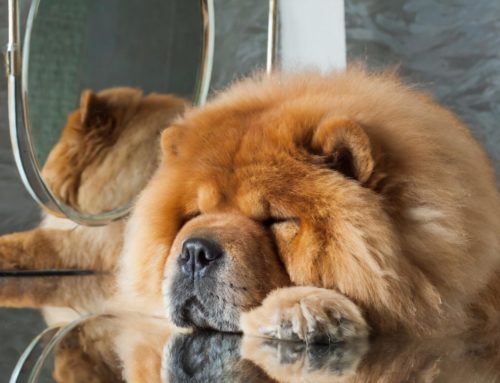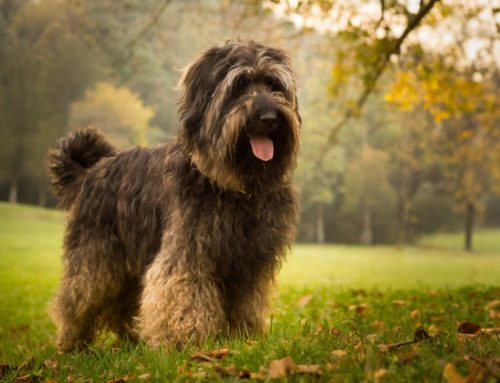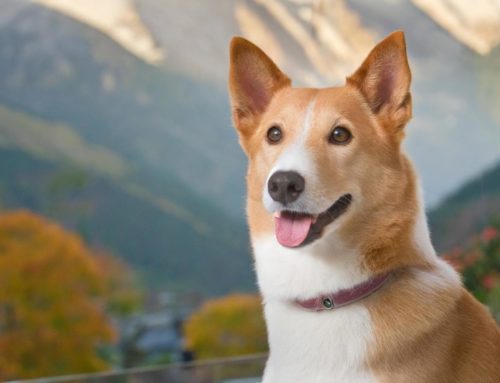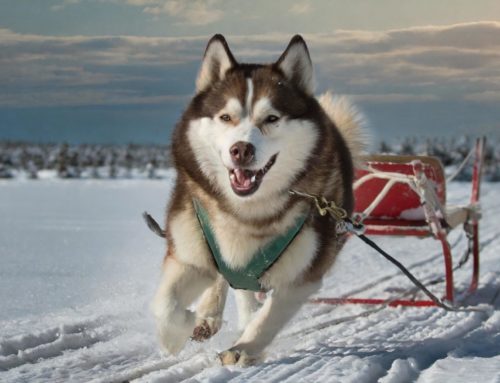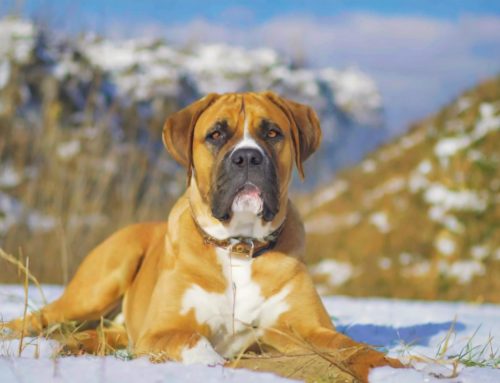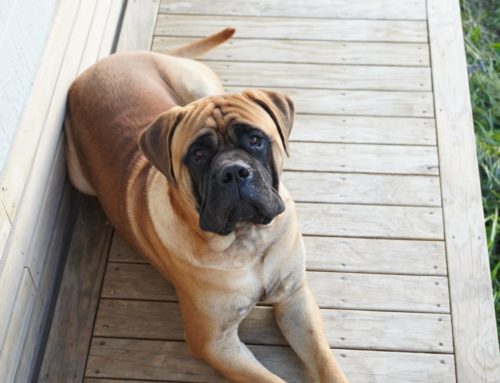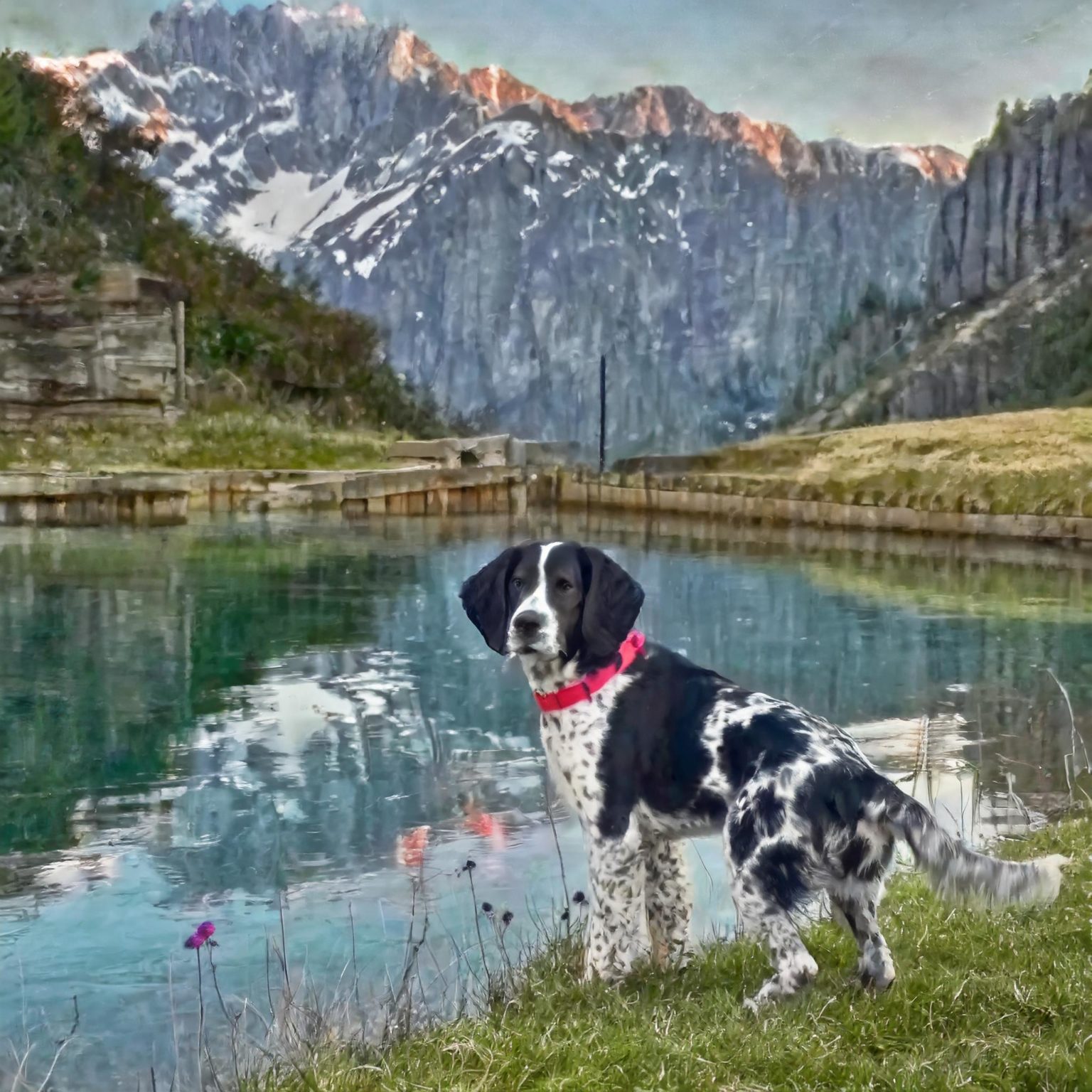
The Braque d’Auvergne, also known as the Auvergne Pointer, is a breed with a rich history dating back to the Auvergne region of France.
This breed is one of many front-row dogs developed specifically for hunting work, and is closely related to the Braque Français. A characteristic feature of the Braque d’Auvergne is its black markings on a white background, distinguishing it from other pointers.
The origins of this breed can be attributed to working with pointers and other lead dogs, where the Braque d’Auvergne was valued for its skills in the field. These dogs love to work and have a natural ability to track and lead game, making them a valued addition to any hunting expedition.
The weight of the Braque d’Auvergne varies, but on average they weigh around 12 kilograms, depending on their size and sex. Their physical build and intelligence make them excellent hunting dogs, but it is important to check their ears regularly and make sure they get enough exercise to avoid health problems.
The Braque d’Auvergne has a long history of working with all dogs in the field, but they may not be suited to an inactive life. Their need for activity and mental stimulation means they are best suited to active families who can offer them the exercise and challenges they need.
FCI group 7 Pointing Dogs
An ancient and intelligent breed that has been around for many years, the Braque d’Auvergne is a medium-sized, obedient dog known for its excellent hunting skills. This breed belongs to the FCI Group 7, which is dedicated to Standing Dogs, a group that specialises in tracking game while hunting.
The Braque d’Auvergne, with its distinctive black and white coat pattern, is prized not only for its ability to track game and stand still (the ‘standing’ from which standing dogs get their name), but also for its intelligence and adaptability in different circumstances.
This ancient breed is known for its breed characteristics such as a highly developed sense of smell, speed and stamina, which makes them particularly suitable for work in the field. In addition to their hunting skills, Braque d’Auvergnes are known as obedient and loyal companion dogs.
Appearance and coat of the Braque d’Auvergne
The Braque d’Auvergne, a medium-sized French dog breed, is known for its elegant and athletic appearance. The shoulder height of the Braque d’Auvergne is between 55-60 cm for females and 57-63 cm for males, weighing around 25 kg.
Its coat, typically white with black or speckled markings, is short, glossy and requires regular grooming to prevent skin conditions and control hair loss. This intelligent and obedient breed has a strong nose, making it excellent at dog sports such as fetch.
The Braque d’Auvergne has a long neck and rather long, strong legs, contributing to its stamina and agility. Its horizontally carried tail and long muzzle emphasise its harmonious proportions.
Hereditary diseases and disorders
The Braque d’Auvergne, although generally a healthy breed, like other dog breeds, is susceptible to certain diseases and disorders.
The following is a list of some common health problems this breed may face:
- Hip dysplasia: A developmental disorder of the hip joint that can lead to pain and mobility problems.
- Elbow dysplasia: A similar condition to hip dysplasia, but in the elbow joint.
- Heart disease: Various types of heart disease can occur, including cardiomyopathy.
- Ear infections: Because of their drooping ears, these dogs can be prone to ear infections.
- Skin disorders: Various skin problems can occur, sometimes caused by allergies or parasites.
- Eye disorders: Some hereditary eye diseases, such as cataracts, can occur in this breed.
- Degenerative myelopathy: A progressive disorder of the spinal cord, leading to paralysis of the hind legs.
The character and characteristics of the Braque d’Auvergne
Characterized by its balanced and friendly nature, the Braque d’Auvergne is an outstanding hunting dog with a deep-rooted instinct for work in the field.
This dog is extremely intelligent and eager to learn, which makes him easy to train, both for hunting activities and for companionship. He builds a strong bond with his owner and family, showing extreme loyalty and protection.
This French standing dog is known for its calm and patient temperament, which makes it get along well with children and an excellent family companion. Despite his calm nature, the Braque d’Auvergne possesses a lot of energy and needs plenty of daily exercise to stay happy and healthy.
He is sociable by nature and generally gets along well with other dogs and pets, provided he is well socialized from a young age. His adaptability and desire to please make the Braque d’Auvergne a versatile dog.
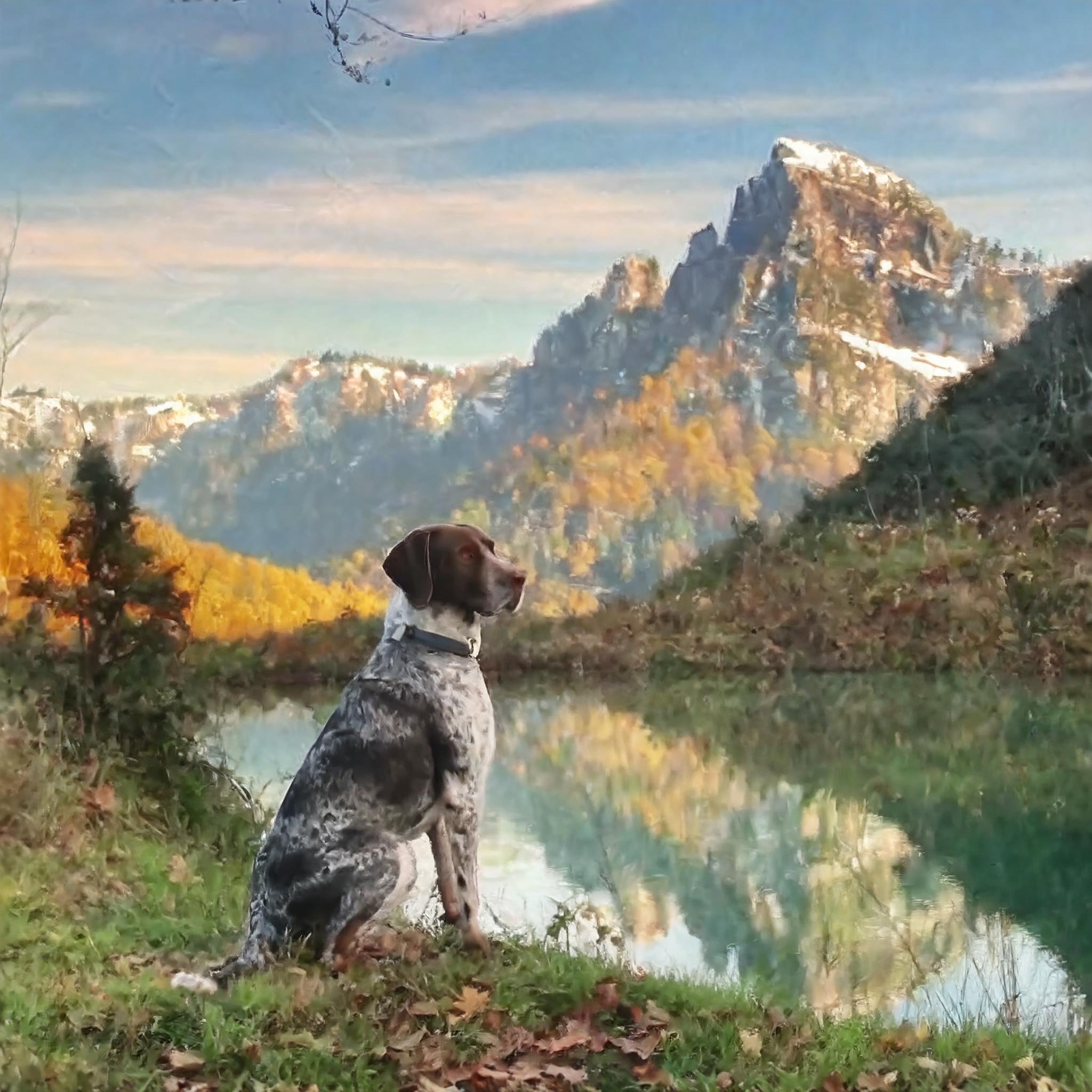
The Care of the Braque d’Auvergne
The Braque d’Auvergne, with its distinctive short coat of white and black or bleu, is a medium-sized, intelligent and active dog.
Care of this French Braque is essential to ensure its health and well-being. This dog is known for its obedience and affectionate nature, making it an excellent companion. Suitable for a home, this breed still requires specific attention.
The coat of the Braque d’Auvergne is relatively low-maintenance, but regular brushing is necessary to remove loose hairs and keep the skin healthy. Because of their rather long ears, it is important to check and clean them regularly to prevent ear infections.
Being an active and intelligent dog, the Braque d’Auvergne needs plenty of exercise and mental stimulation. Daily long walks and playtime are essential to meet their exercise needs.
Socialisation and upbringing of the Braque d’Auvergne
The Braque d’Auvergne, requires careful socialisation and training from an early age. This affectionate dog is known for its obedience and friendly nature, characteristic of the breed. With an average shoulder height that varies by gender, the Braque d’Auvergne is a medium to large dog breed.
Socialisation is crucial for the Braque d’Auvergne, which naturally gets along well with all dog breeds. Early exposure to different situations, sounds and people helps create a balanced and confident dog.
Training your Braque regularly helps develop a strong bond between dog and owner and reinforces the breed’s natural obedience. Due to their active nature, the Braque d’Auvergne needs plenty of exercise. It is important to set aside time daily for walks and games to ensure they can expend their energy.
This also helps prevent behavioural problems. Checking and cleaning the ears is essential, given the risk of ear infections in this breed.
How much experience does a Braque d’Auvergne require
The Braque d’Auvergne, can be raised and cared for by both experienced and less experienced dog owners. For new owners, it is important to know that this breed requires consistent training and adequate exercise. Their intelligent and sometimes independent nature requires a patient and positive training approach.
Experience with dogs can be helpful when dealing with the specific needs of the Braque d’Auvergne, such as their energy level and need for mental stimulation. They like activities and challenges that stimulate both their bodies and minds. For less experienced owners, it is advisable to research the breed and possibly seek professional advice or training.
Regular exercise is essential for the Braque d’Auvergne’s health and well-being, and ignoring their exercise needs can lead to behavioural problems. This breed is suited to an active lifestyle and can be an excellent companion for hiking, running or other outdoor sports.
Is training necessary?
Training is an essential part of owning a Braque d’Auvergne. This dog breed responds well to training, making it an excellent choice for both experienced and novice dog owners who are willing to invest the time and effort. Because of their intelligence and active nature, the Braque d’Auvergne needs structured training to stay mentally stimulated.
Without adequate training, they may develop unwanted behaviour. These dogs are quick learners, which facilitates training, but they also require consistency and positive reinforcement to get the best out of their character. Training also helps strengthen the bond between dog and owner, and it enables them to socialise well with other dogs and people.
This breed is known for its obedience and affection, traits that are further enhanced by regular, consistent training.
How much exercise does a Braque d’Auvergne need?
An active and energetic hunting dog, the Braque d’Auvergne requires significant daily exercise to remain physically and mentally healthy. This breed is happiest when it has plenty of space to run, play and exercise its natural hunting instincts.
At least one to two hours of exercise daily is recommended for a Braque d’Auvergne. This time can be divided between walks, running, playing and training sessions. Activities such as fetch, tracking, and agility training are not only great ways to keep them physically active, but also provide needed mental stimulation.
It is important to emphasize that these dogs also enjoy activities that work closely with their owners, contributing to a stronger bond.Long walks, hikes in nature or interactive games are excellent options.

How is it getting along with children?
The Braque d’Auvergne is known as an affectionate and obedient breed, which makes it an excellent family dog, including in households with children. These dogs are generally patient and tolerant, which makes them suitable for interaction with children of different ages.
Their medium-sized size and energetic nature mean they can keep up well in active games and outdoor activities, making them fun playmates for children. They are often protective and loving towards the children in their family, allowing them to develop strong bonds.
Benefits of a Braque d’Auvergne
- Affectionate and Loyal: The Braque d’Auvergne is known for its affectionate and loyal nature, which makes it an excellent companion dog.
- Intelligent: This breed is intelligent and eager to learn, which facilitates training.
- Good with Children: In general, they are good with children and fit well in family environments.
- Active: They are energetic and love exercise, making them ideal for active owners.
- Good Hunting Dog: Their excellent sense of smell makes them suitable for hunting activities.
Disadvantages of a Braque d’Auvergne
- Lots of Exercise Needed: They need a lot of exercise daily, which is not ideal for inactive households.
- Health Problems: They can be prone to certain hereditary health problems such as hip dysplasia.
- Care: Their coat requires regular grooming to prevent tangles and dirt.
- Training and Socialisation: As intelligent dogs, they require early and consistent training and socialisation.
- Cannot Be Well Alone: This breed can be prone to separation anxiety, so they should not be left alone for long periods of time.
- Rare Breed: Their rarity can make it difficult to find a reliable breeder and costs can be higher.
How old a Braque d Auvergne gets
A robust and medium-sized dog breed, the Braque d’Auvergne is known for its relatively long lifespan, especially compared to other dogs of similar size. On average, these dogs can live between 12 and 14 years. Of course, this life expectancy can vary depending on several factors, including genetics, living conditions, nutrition and health care.
What does a Braque d’Auvergne cost?
The Braque d’Auvergne, a distinguished French pointing dog recognized for its unique speckled coat and excellence in hunting, is quite uncommon in the United States. This rarity presents a challenge in establishing a definite price range, but for those interested, here’s an overview:
Price Range for a Braque d’Auvergne Puppy in the U.S.:
- Expected Price Range: Due to their scarcity, it’s tough to set a precise price, but you might anticipate spending between $2,000 to $4,000 for a puppy from a reputable source.
Factors Influencing Price:
- Breeder’s Reputation: The scarcity of Braque d’Auvergne breeders in the U.S. makes those with reputable, imported lineages potentially more costly.
- Pedigree: Puppies of this breed with certification from recognized entities like the FCI could demand higher prices.
- Geographic Location: The rarity of breeders means location may not greatly affect price as it does with more prevalent breeds.
Comparable Breeds for Consideration:
Given the Braque d’Auvergne’s rarity, here are breeds in the U.S. with similar traits:
- German Shorthaired Pointer (GSP): Known for versatility and agility, typically priced between $800 and $2,000.
- French Brittany: Smaller, lively, and eager to please, with prices ranging from $1,500 to $3,000.
- Wirehaired Pointing Griffon: Appreciated for its rough coat and affable nature, with prices between $1,200 and $2,500.
Additional Guidance:
- In-depth Research: These dogs, bred for hunting, necessitate ample exercise and mental engagement. Ensure your lifestyle can accommodate their active needs.
- Adoption Alternatives: With the breed’s rarity in breeders, consider adopting a similar breed or mixed breed from a shelter or rescue.
- Breed-Specific Organizations: Though primarily outside the U.S., clubs like the Club des Amis du Braque d’Auvergne could offer valuable insights and potentially breeder contacts.
- Anticipate a Waiting Period: Desire for a Braque d’Auvergne may mean joining a waiting list, given the infrequency of available litters.
